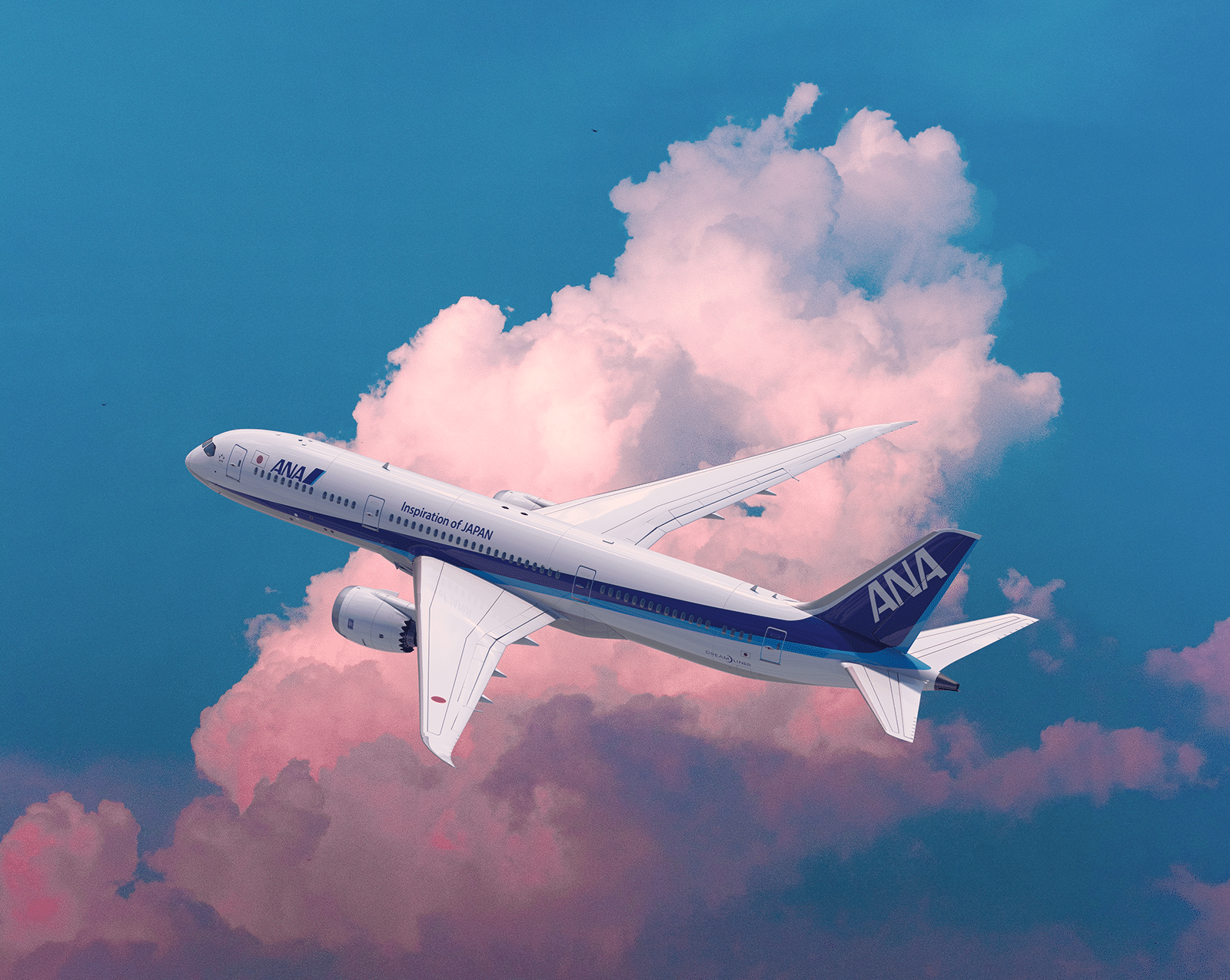Kenrokuen, adjacent to Kanazawa Castle, is one of Japan’s most celebrated gardens. Its name, “garden of the combined six,” signifies its embodiment of six ideal garden qualities: spaciousness, seclusion, human artifice, age, water features, and vistas—elements rarely found together.
The garden’s appearance shifts with the seasons. Spring brings cherry blossoms, summer vibrant moss, and autumn sees maples and zelkovas ablaze with color. In winter, “yukizuri” protects trees from snow.
Historic teahouses, like the 1774-built Yugao-tei and the newer Shigure-tei, highlight Kanazawa’s tea ceremony heritage, offering visitors a place to relax.
Originally a smaller outer garden of Kanazawa Castle, Kenrokuen was established by the Maeda family in the 17th century. It was expanded by subsequent generations and opened to the public in 1874. Kenrokuen Garden is known as one of the three most beautiful gardens in Japan.
From: Kanazawa station
Approximately 15 minutes on foot
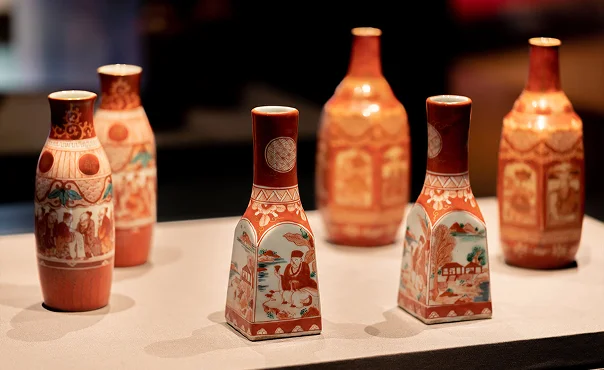
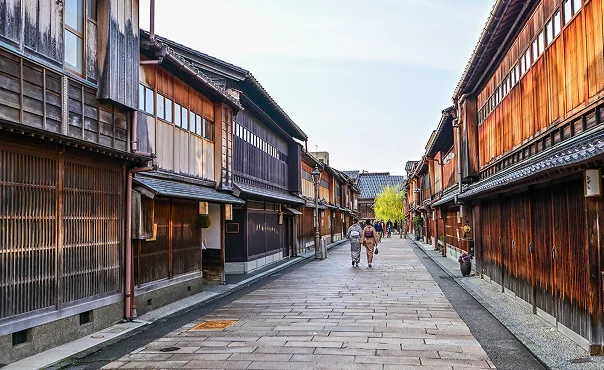
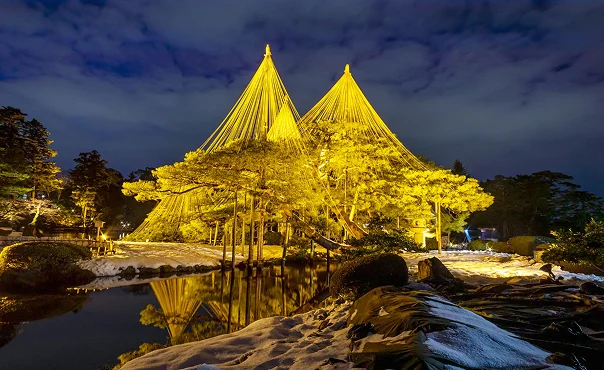
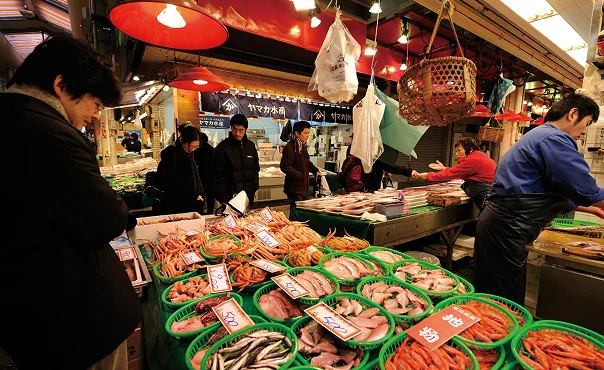




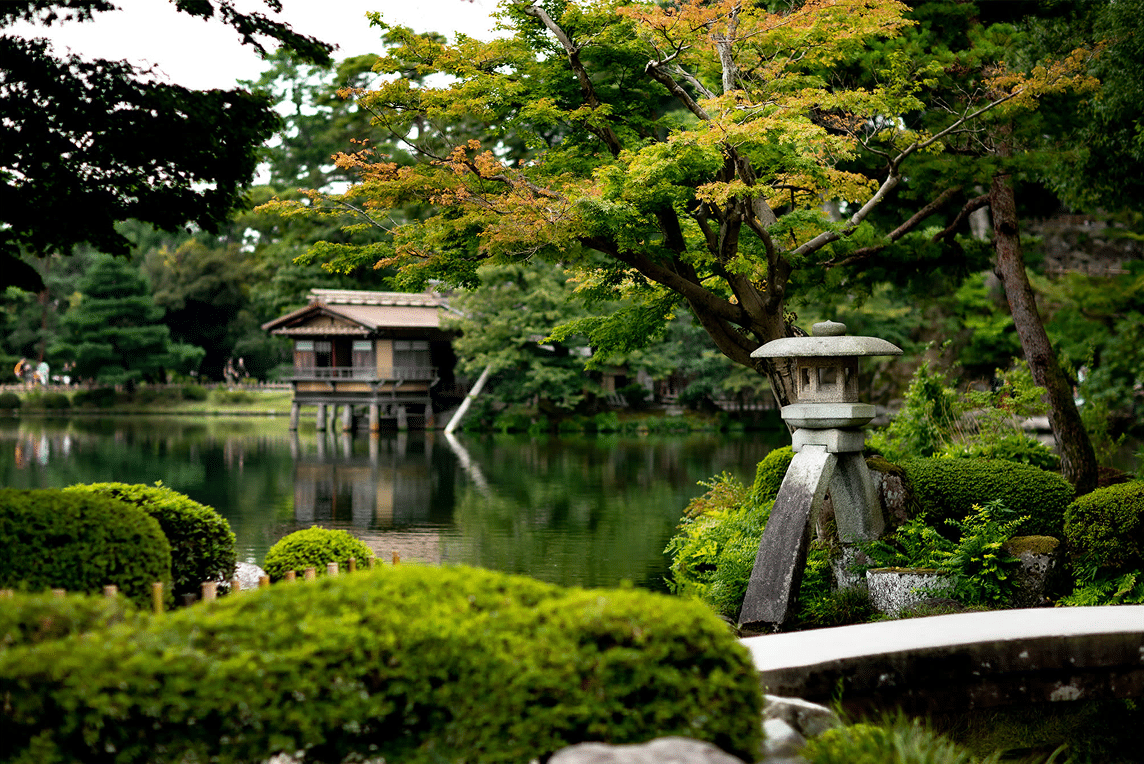



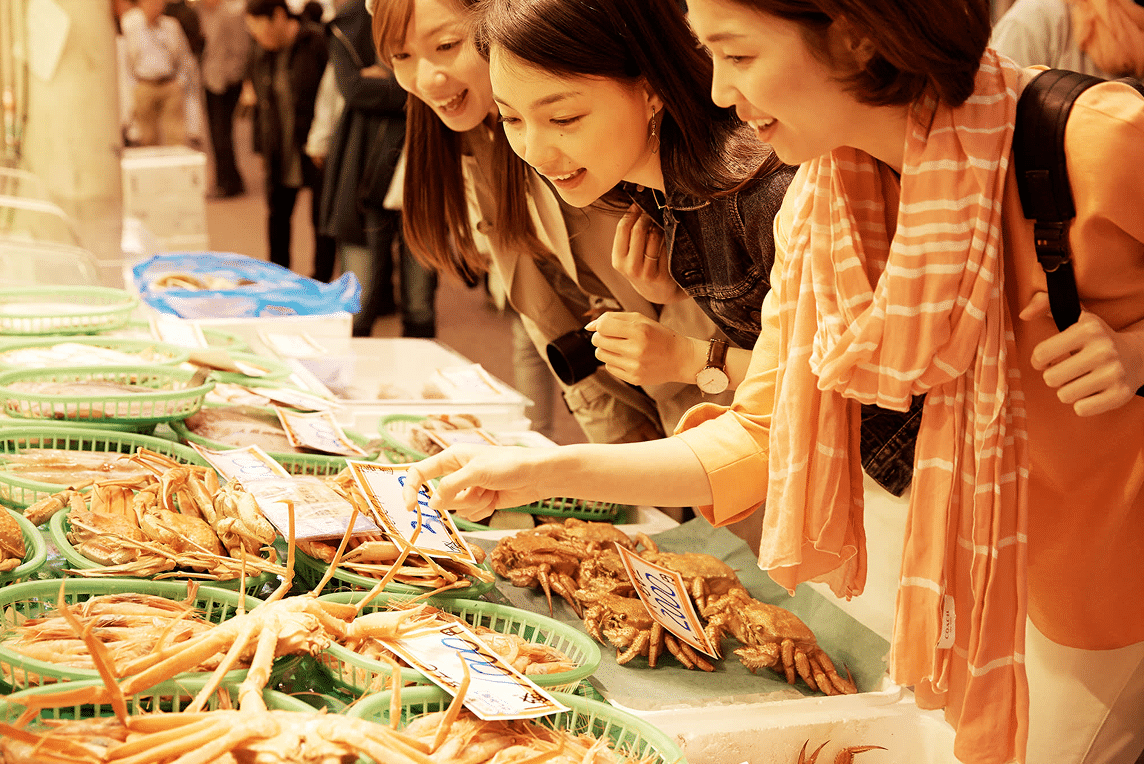
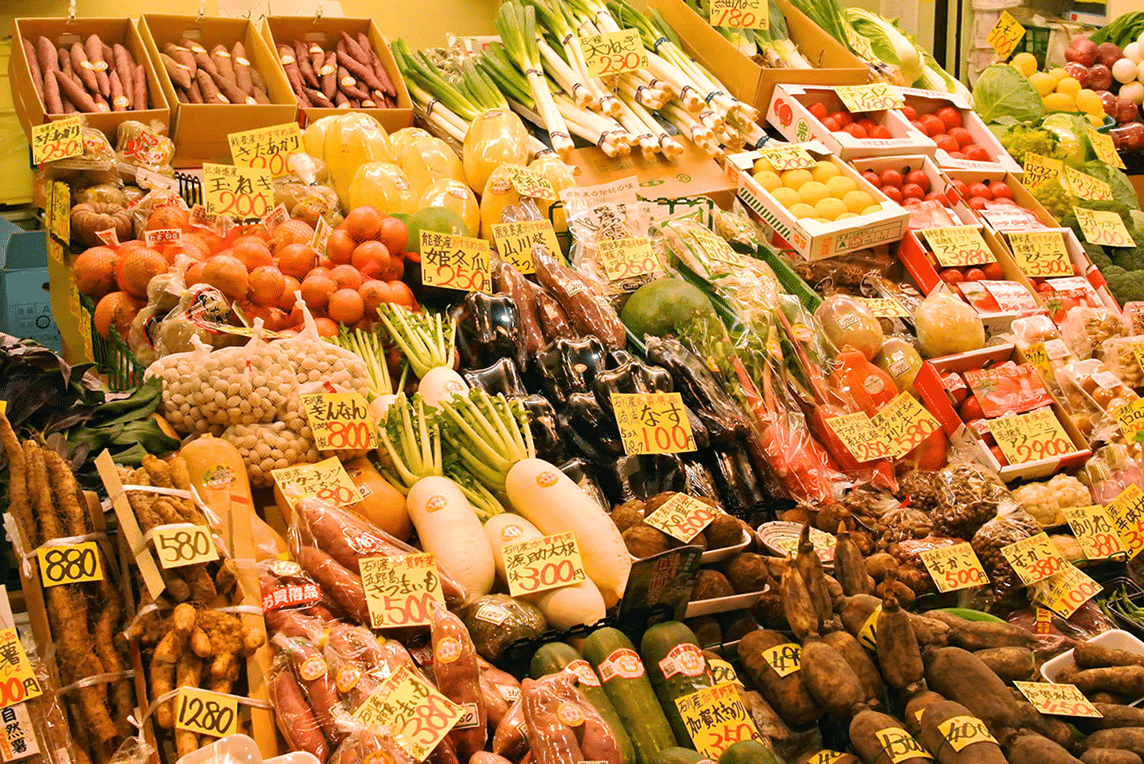
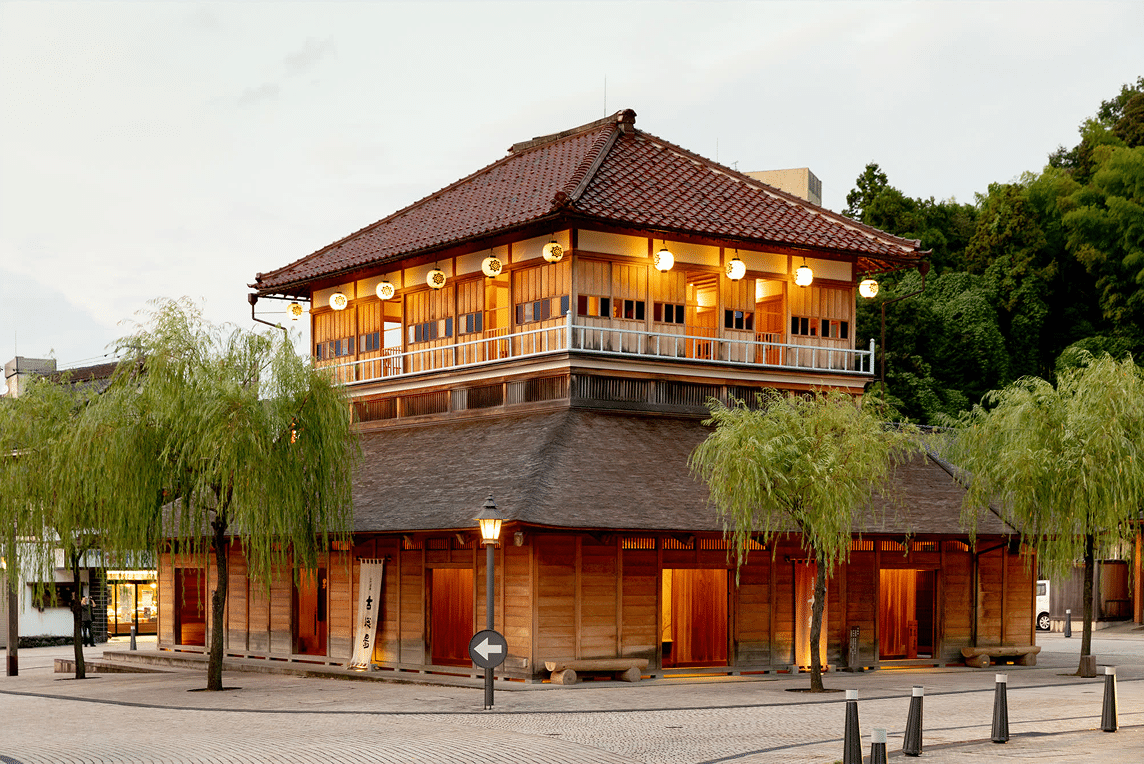


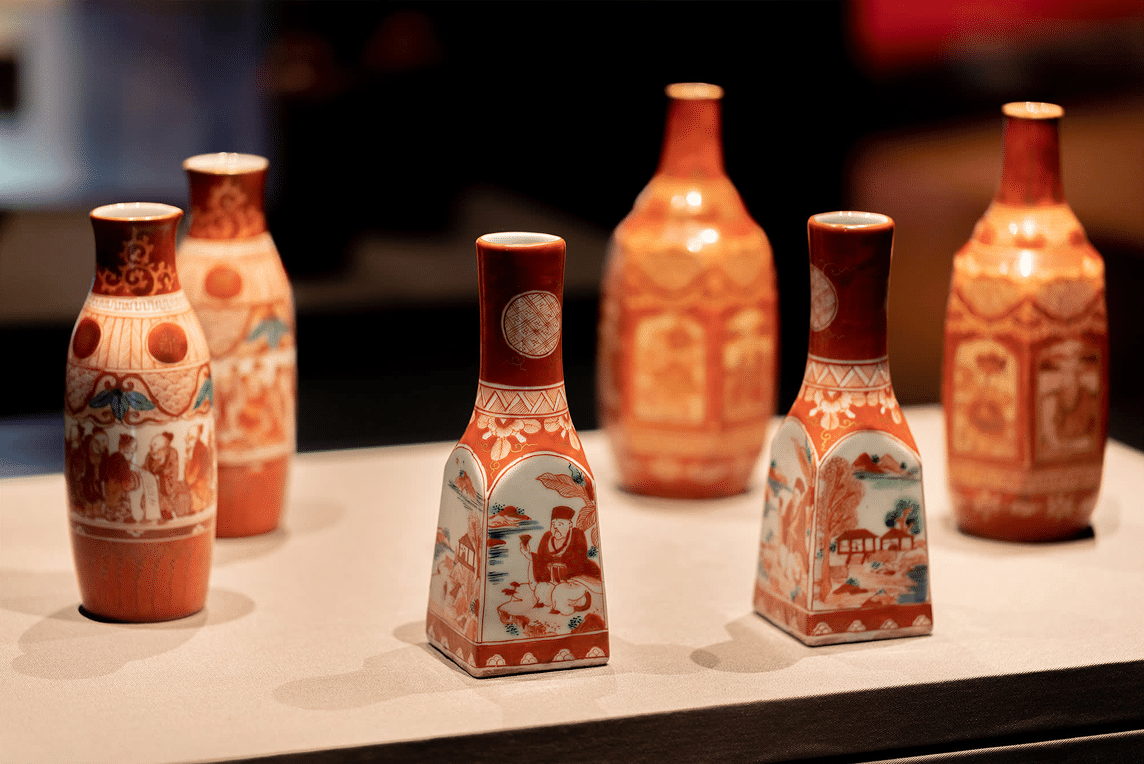

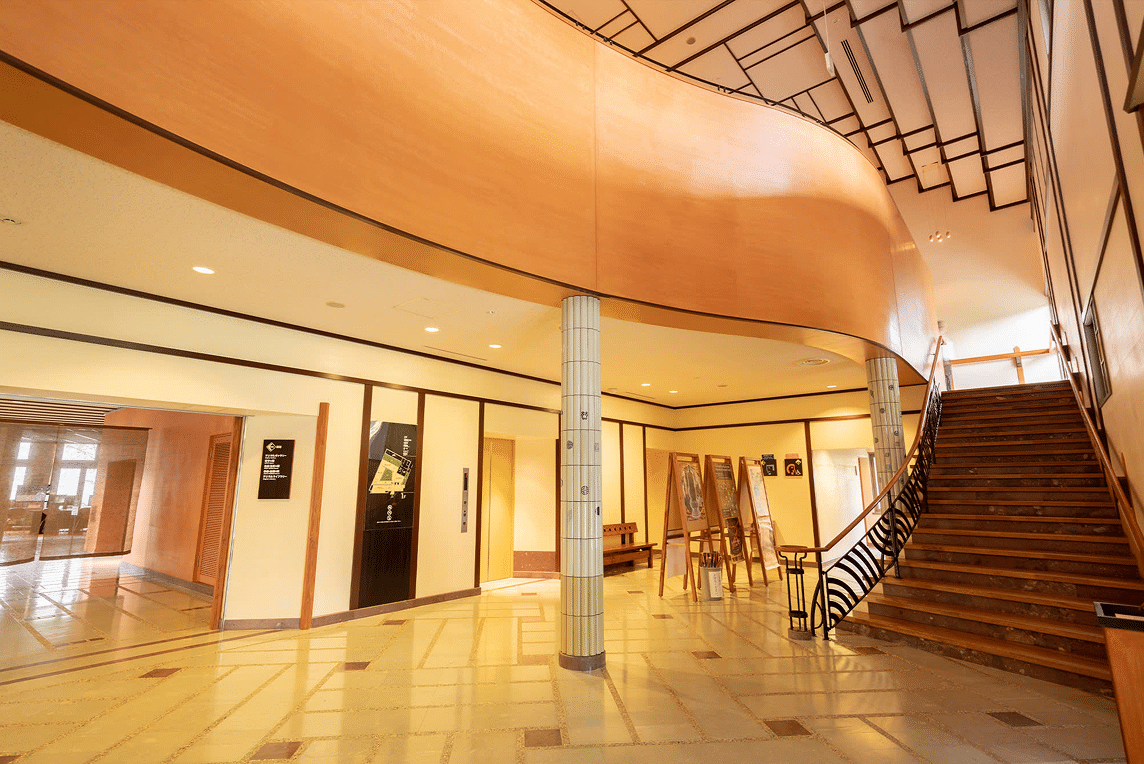


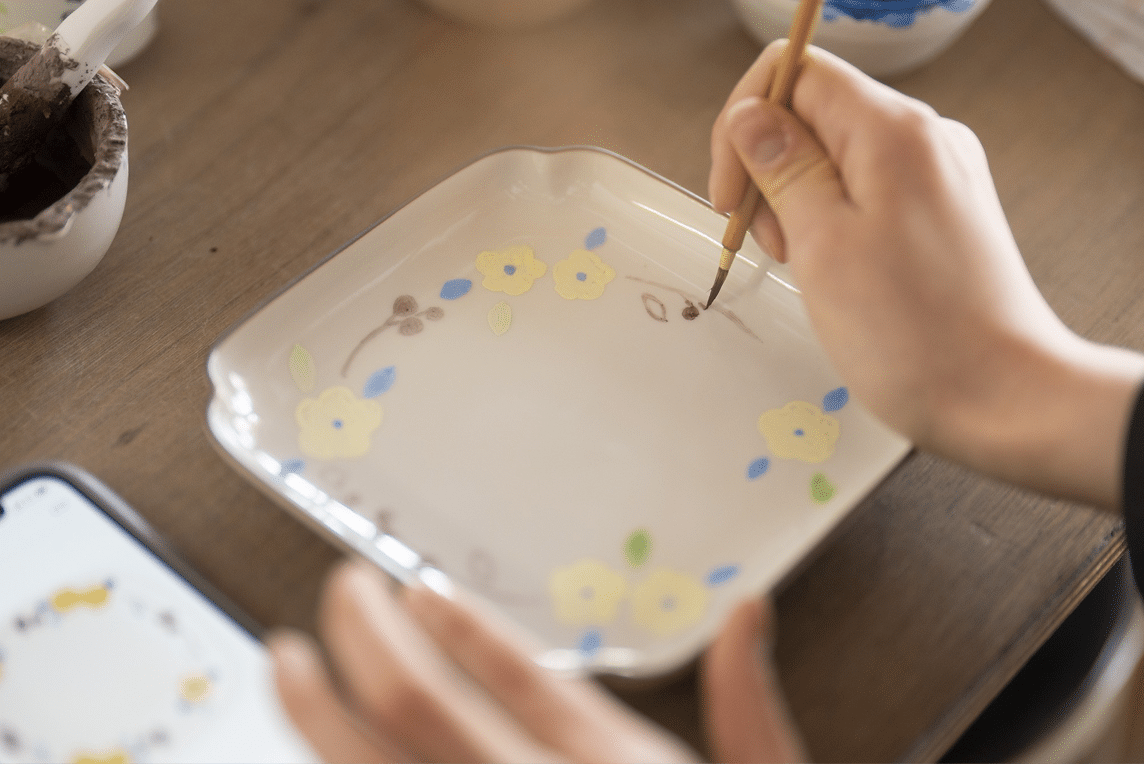
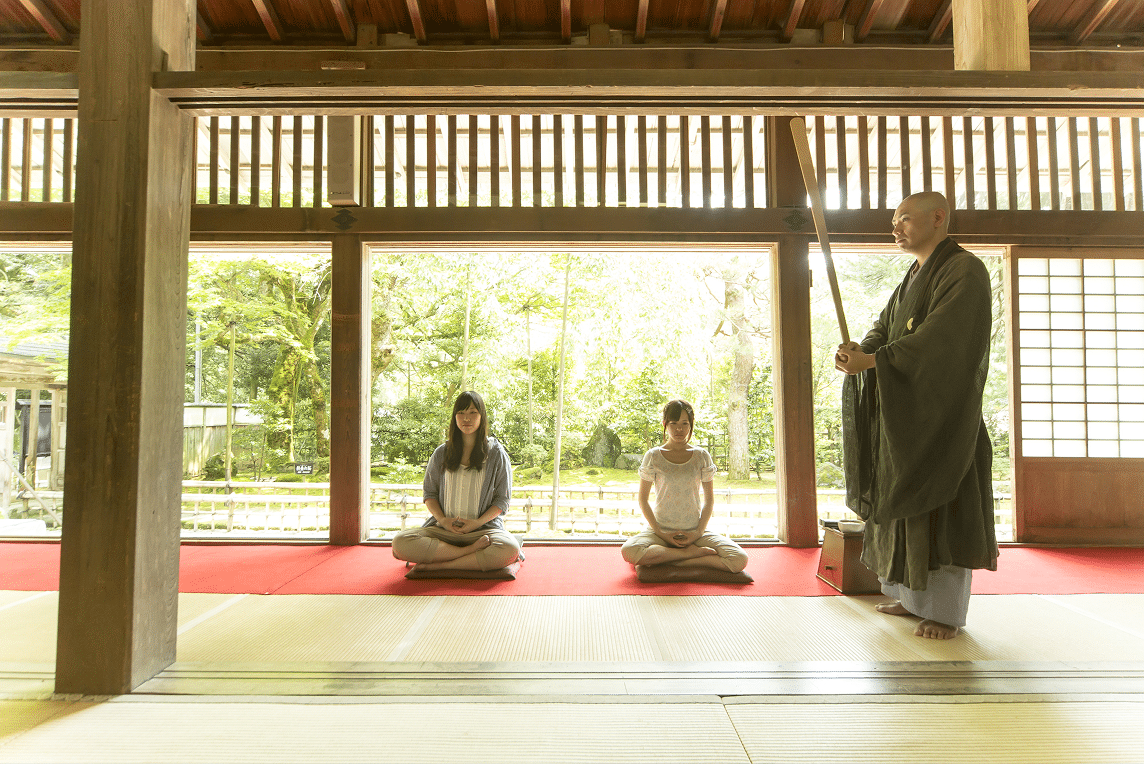

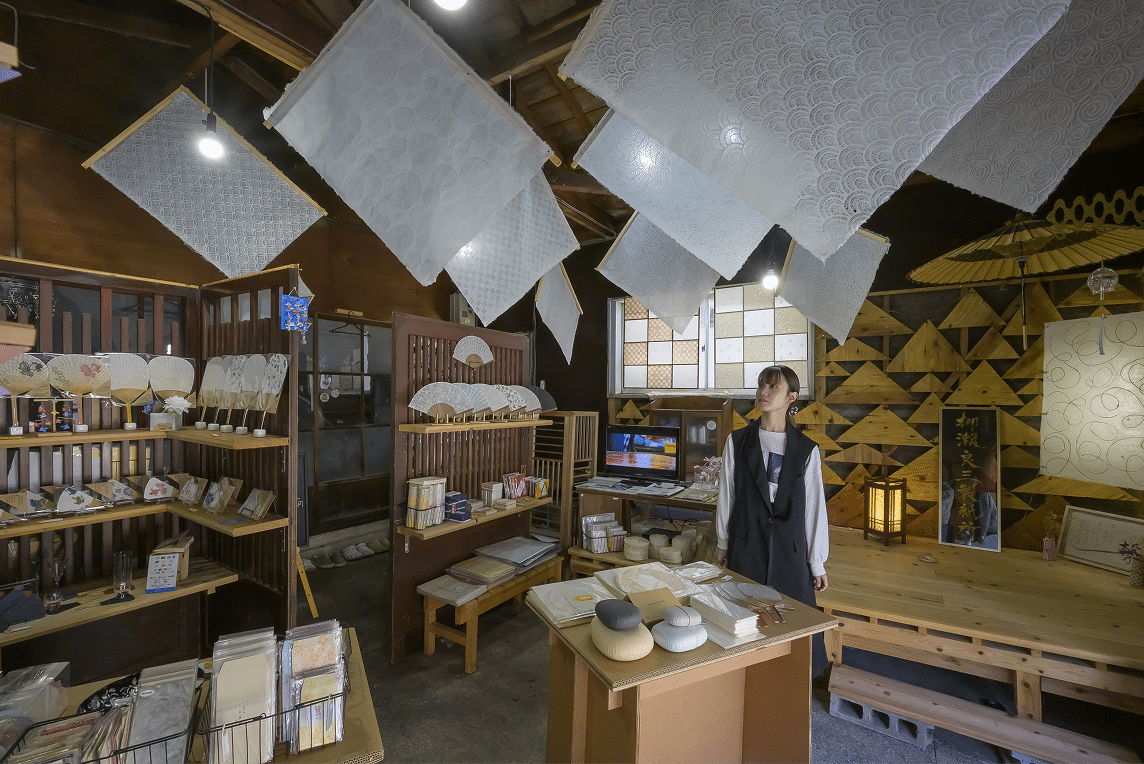
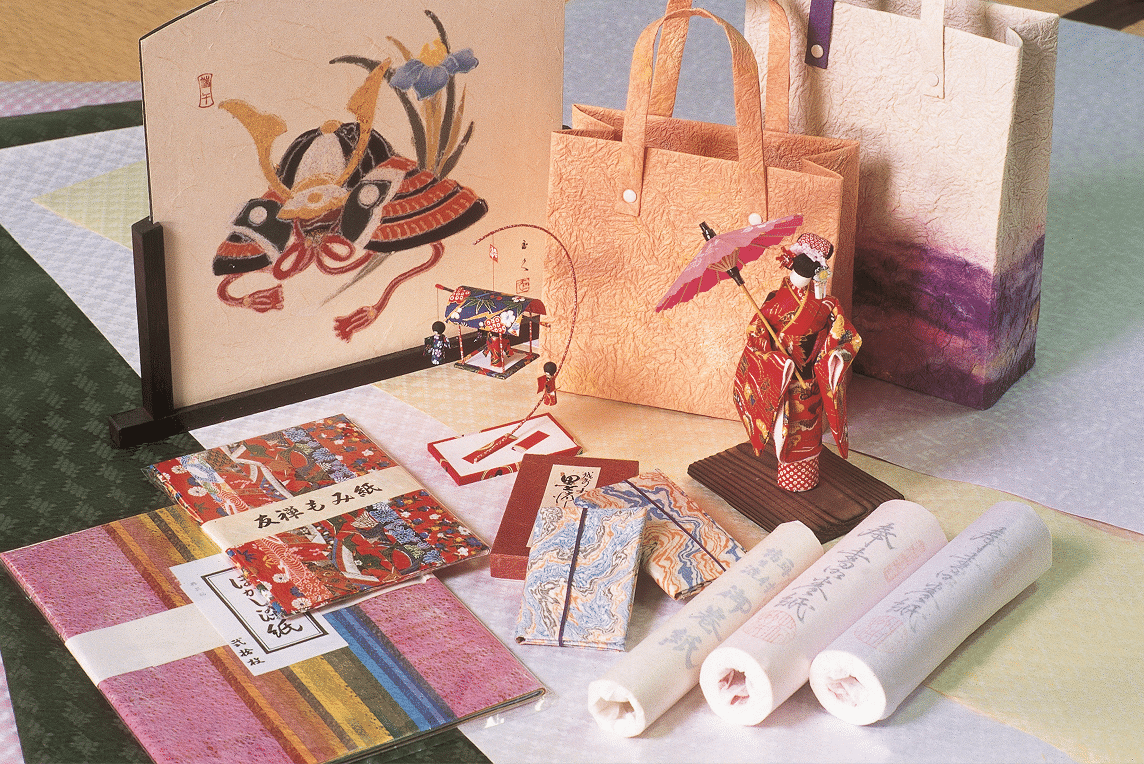






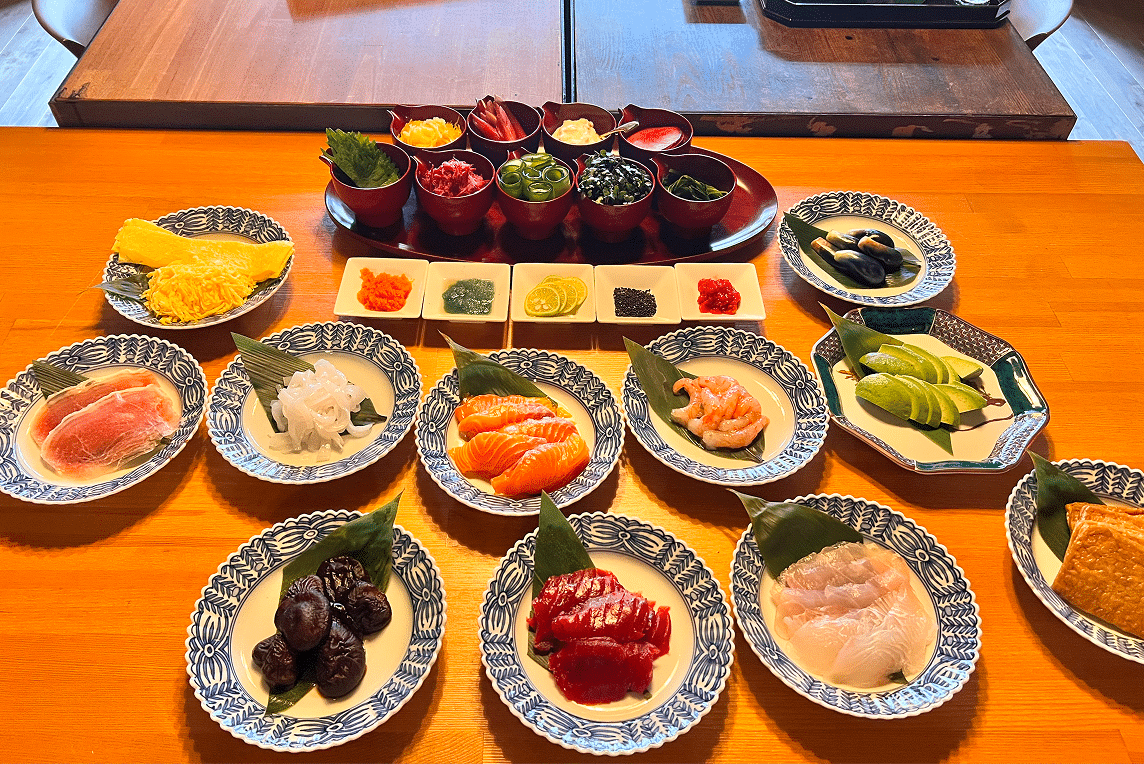
-1.png)
-1-1.png)
-1-2.png)
